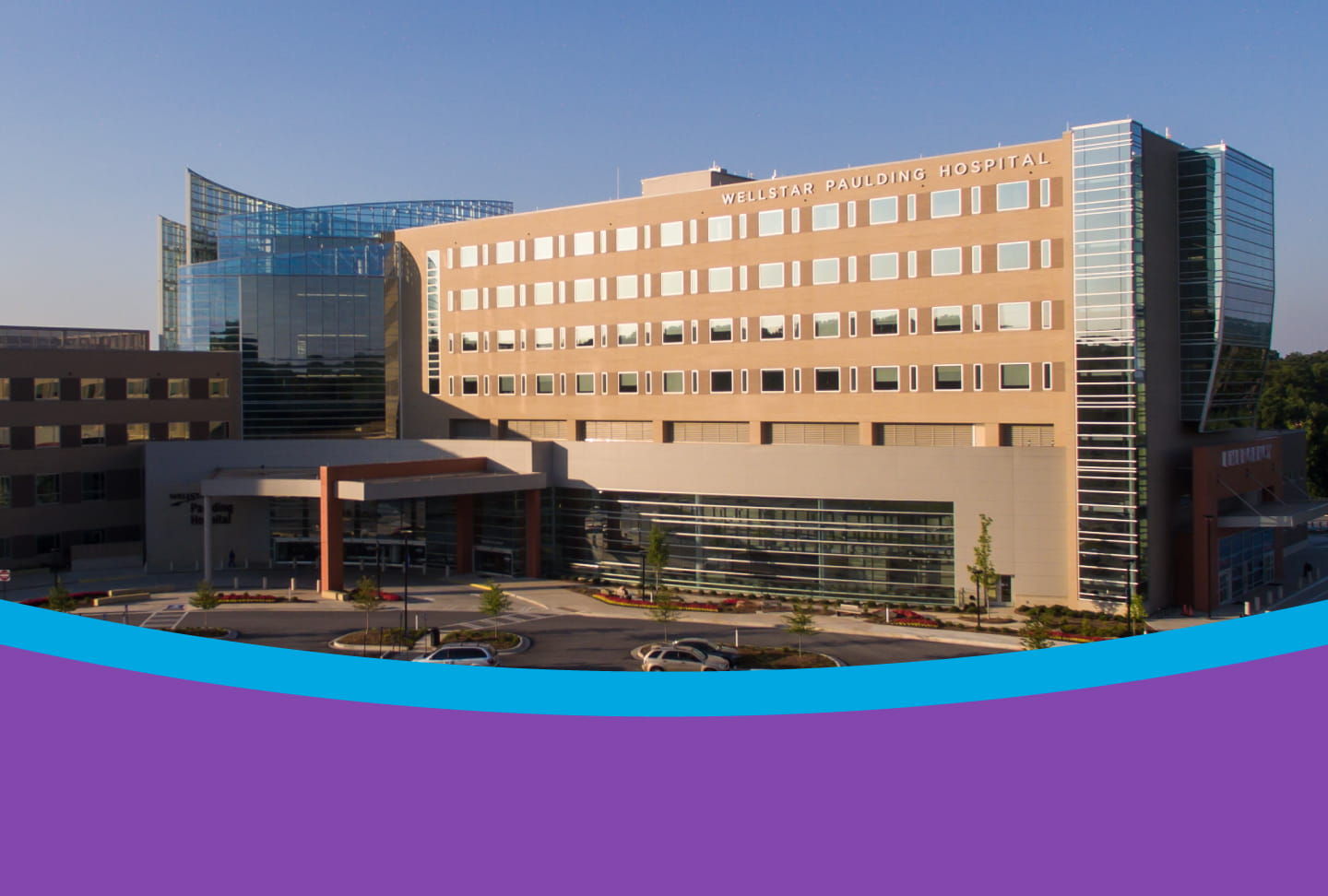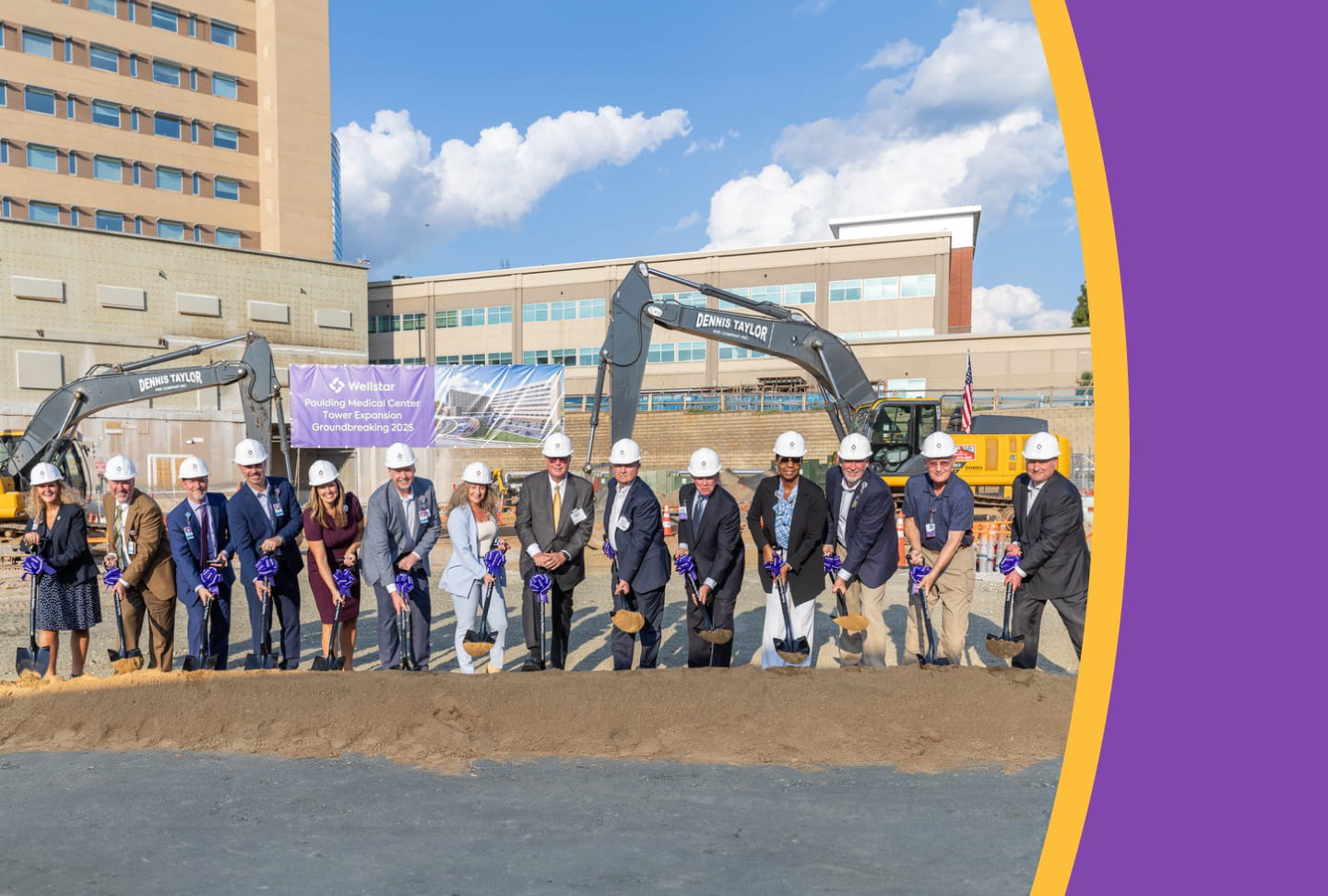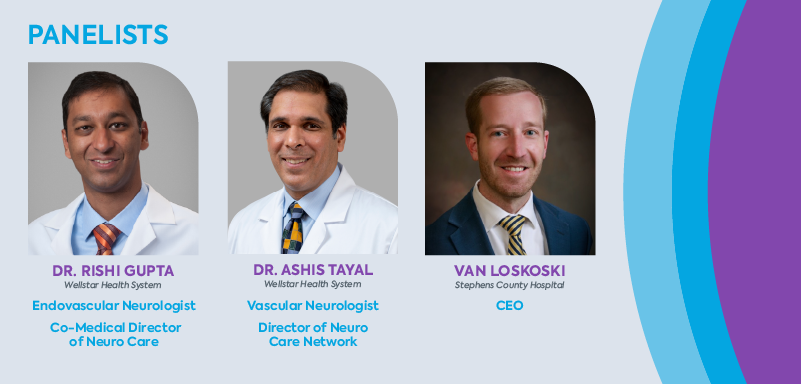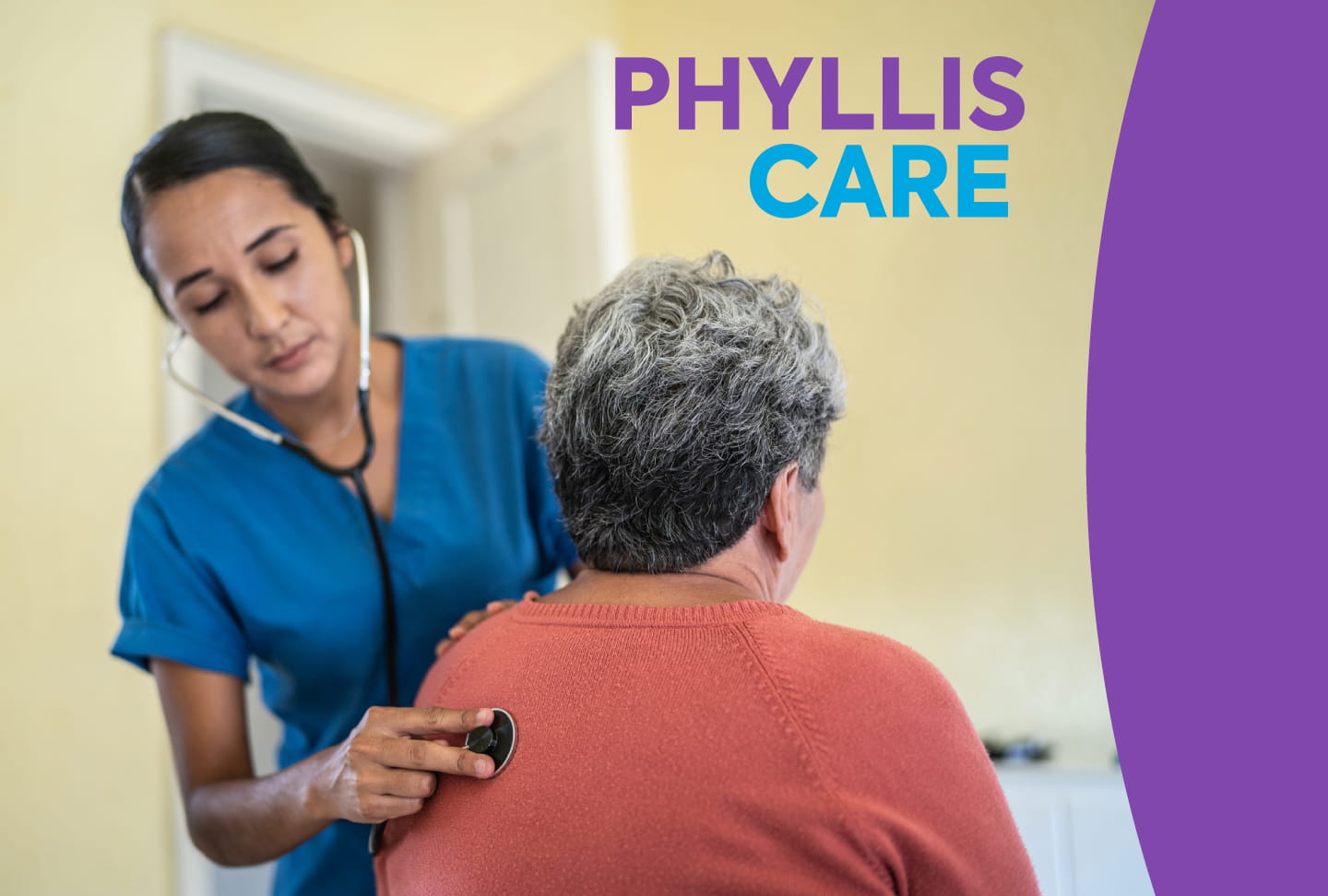For Phyllis Burgess, staying on top of her health made all the difference. When lung cancer showed up on a routine screening, she was ready—and so was her Wellstar care team.
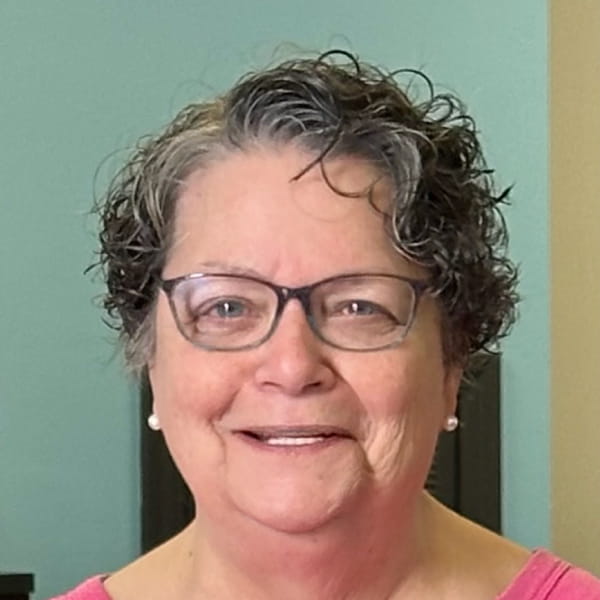
Proactive primary care
When Phyllis retired after nearly 50 years as a bookkeeper, she looked forward to a slower pace and more time for herself. A breast cancer survivor and former smoker, she also wanted to be proactive about her health.
Encouraged by her Wellstar primary care physician,
Dr. David Gose,
Phyllis committed to regular
lung cancer screening
at
Wellstar Paulding Medical Center
—staying one step ahead of a disease that usually goes unnoticed until it's too late. Wellstar’s lung cancer screening program is a national leader in early detection, offering low-dose CT scans that help detect early-stage lung cancer before clinical signs or symptoms become evident.
Her first three CT scans came back clear. But on her fourth screening, doctors spotted something suspicious.
Quick answers with the STAT Clinic
Phyllis was quickly referred to the
Wellstar Specialty Teams and Treatments (STAT) Clinic for Lung Cancer
at Wellstar Paulding. The program quickly moves patients through screening to diagnosis and treatment with a multidisciplinary team of experts. Patients with lung and other chest cancers meet with multiple specialists in one place, often on the same day, to reduce delays and improve outcomes.
"Most of the time you don’t get two or three or four or five people on your case from the get-go,” said Phyllis. "But knowing that I had this group of qualified professionals looking at my tests, discussing what we need to do, how best to do it, when to do it—it’s very comforting."
At the Wellstar STAT Clinic, Phyllis’ care team included a thoracic surgeon, medical and radiation oncologists, pulmonologist and nurse navigators, who bring a highly personalized level of guidance and support to each patient and their family members.
"The support staff was just fabulous,” Phyllis said. "They’re like best friends. They’re there for you."
Behind the scenes, her care team was already working in sync to coordinate fast care.
“We plan patients’ appointments ahead of time, ordering multiple tests that will be necessary for the treatment decision-making. These can include PET scans, CT scans, MRIs and/or a pulmonary function test,” said
Dr. Daniel Fortes,
Wellstar chief of thoracic surgery. "We’re always gaining time in the patient’s overall treatment because we are anticipating and creating a plan as a team."
Dr. Fortes emphasized that timing matters when treating lung cancer. "We have data to show that if we delay treatment, even in early-stage cancers, we do decrease the chance of a cure,” he said. “The goal of the STAT Clinic is to get them the quickest we can into their final treatment plan."
Expert diagnosis and advanced surgery
To diagnose her cancer, Phyllis underwent a robotic bronchoscopy at
Wellstar Kennestone Regional Medical Center.
The advanced procedure allowed the pulmonary team to examine her lungs and collect tissue samples.
The biopsy confirmed lung cancer. Having already caught one cancer early, Phyllis was grateful she had remained vigilant—keeping up with annual screenings and following through on care every step of the way.
"I am sort of a walking advertisement for early detection," she said. "My mammogram showed up with stage zero breast cancer. And I think they described the lung cancer as 1.1—very early, no metastasis. I’ve been very fortunate. These processes that are there for people to take advantage of saved my life.”
Phyllis returned to the STAT Clinic, where the same team who had evaluated her case before came together again to review her results and finalize her treatment plan.
"Every single patient who comes through our clinic is discussed collaboratively by a group of lung cancer specialists so we can make a fast, informed decision as a team," Dr. Fortes explained. "Because Phyllis had good overall health and an early-stage diagnosis, she was an excellent candidate for surgery.”
Soon after, Phyllis had a lobectomy at Wellstar Kennestone. Dr. Fortes performed the robotic-assisted surgery using the
da Vinci Surgical System
to remove the affected part of her lung.
"They told me what they would do, what kind of incisions they’d be making and what I could expect in the way of healing," Phyllis said. “So, I went in feeling like this is not some strange, scary process.”
Dr. Fortes noted that complex cancer surgeries are best performed at major centers like Wellstar Kennestone. "Complex cancer care demands a comprehensive structure of care around the patient that includes more than just physicians and technology," he explained. "At the same time, we are continuing to expand our STAT Clinics to bring them closer to people's homes and with the aim of improving access for patients.”
Ongoing care, close to home
Phyllis’ lung cancer surgery took place the day before a snowstorm was forecasted to hit the metro Atlanta area. However, thanks to Dr. Fortes’ minimally invasive techniques—which resulted in less pain, less scarring and less blood loss—she was able to be discharged from the hospital that evening and avoid being stuck at the hospital for several days due to poor road conditions.
Phyllis described her recovery as “easy” and now feels great. She continues her follow-up care for both lung and breast cancer at the
Wellstar Women’s Imaging Services
at Wellstar Paulding, close to home.
“Wellstar Paulding feels like home, even when I’m dealing with someone who I haven’t met before,” she shared. “Whether it’s the receptionist or the admissions nurse—they’re always very, very friendly and helpful. There’s a family feel to it."
Hope, health and staying vigilant
As she settles into retirement, Phyllis is sharing her story to encourage others to set aside any fear or guilt and talk to their healthcare provider about lung cancer screening.
"Cancers are so insidious. You’re not going to just go, 'Gee, I don’t feel good; it must be cancer,'" she said. "There’s no big warning signs until it’s serious. Early detection is absolutely our best weapon. It’s our best defense.”
Dr. Fortes echoed the importance of early detection. "We can only cure lung cancers if we pick them up in an early stage. That’s why lung cancer is the No. 1 cancer killer in the world,” he said. “The only way we can change that is by diagnosing early. And then they are truly curable.”
Phyllis is thankful for Wellstar’s STAT Clinics that are designed to move quickly when it matters most.
Her advice to others considering treatment at a STAT Clinic? "Please do it. It’s the difference between life and death,” she urged. “At the same time, it’s in an environment where you don’t feel like you’re a sample in a petri dish. These are people, and they’re warm, and they care."
Learn more about who is eligible for lung cancer screening, find a location near you or schedule your lung cancer screening at Wellstar.
Learn more about STAT Clinics at Wellstar.